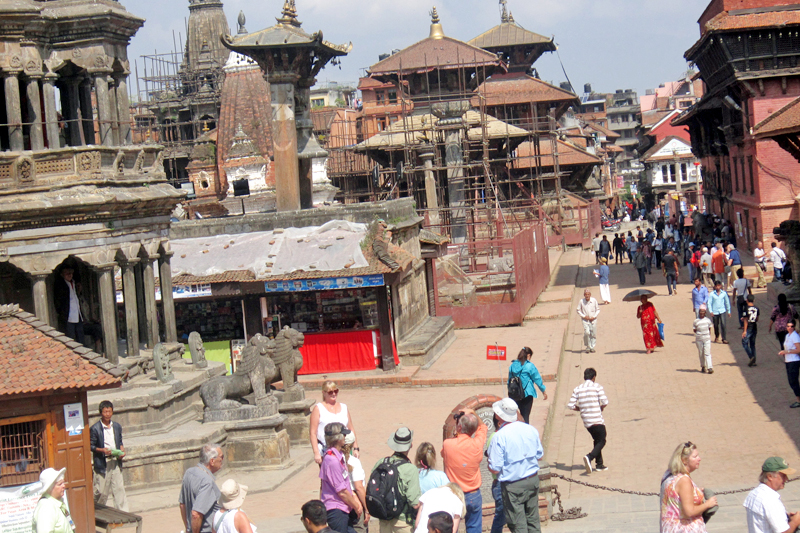Govt sets criteria for developing heritage settlements
Kathmandu, April 21
The government has set the criteria for developing heritage settlements to promote resilient and sustainable housing in the community.
According to the amendment to the Settlement Development, Urban Planning and Building Construction Basic Standard-2017 issued by the Ministry of Urban Development, any heritage settlement shall be no less than 100 years old with 50 or more households and historical structures like stupas, temples, open rest houses, wells, stone spouts and ponds.
Such settlements should have a history of celebrating festivals of cultural importance, processions, regular performance of devotional songs.
“Any community which lacks these features shall not selected as heritage settlement,” it read. The MoUD shall, on the recommendation of the concerned local levels, list the community meeting the criteria.
The demarcation will be based on boundary indicated by a survey map, recommendation of the Department of Archaeology and a technical team.
However, this demarcation criteria shall not be applicable to the existing monumental area, protected monumental area and mixed settlement area location within the old settlement of Kathmandu, Lalitpur and Bhaktapur districts.
“If the government deems it necessary to provide special protection to any ancient settlement in Kathmandu Valley, special project may be implemented there by designating it as a heritage settlement,” it said.
It has adopted a 12-point guiding principle for the development of heritage settlement while protecting and conserving the local land form, social norms and values and cultures.
They include keeping the previous physical structures intact, maintaining the adjustment between buildings and open spaces, making the settlement more resilient to the impact of disasters without distorting their originality, maintaining balance between natural and artificial environment, and giving continuity to concrete and abstract arts, cultures and styles.
The guiding principles also aim to create opportunities of livelihoods and socioeconomic development, encourage public participation in the development.






